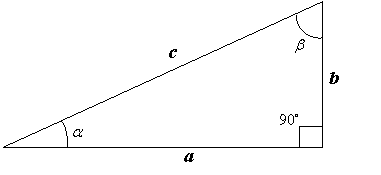PHYS 150 :: Physics Illinois :: University of Illinois at Urbana-Champaign
Basic Math
Scientific notation
When dealing with very large or very small numbers, it is much more convenient (and takes a lot less typing) to use scientific notation. Scientific notation takes the form ![]() and the rule is quite simple. If n is positive, move the decimal point n places to the right. If n is negative, move the decimal point n places to the left. When typing, we often abbreviate scientific notation with an "e" instead of the
and the rule is quite simple. If n is positive, move the decimal point n places to the right. If n is negative, move the decimal point n places to the left. When typing, we often abbreviate scientific notation with an "e" instead of the ![]() . Some examples:
. Some examples:




Algebra
We will use the following notation:
![]() means "x plus y"
means "x plus y"
![]() means "x minus y"
means "x minus y"
![]() means "x times y"
means "x times y"
![]() means "x divided by y"
means "x divided by y"
![]() means "x to the y power" or "x times itself y times"
means "x to the y power" or "x times itself y times"
Example:
![]() means "the square root of x" and
means "the square root of x" and ![]()
Geometry and Trigonometry
The figure shows a right triangle. It is a right triangle because one of the angles is ![]() The other two angles are
The other two angles are ![]() and the sides have length a, b, and c.
and the sides have length a, b, and c.

We have the following relationships:
Pythagorean Theorem: ![]()
Sine is opposite over hypotenuse: ![]() and
and ![]()
Cosine is adjacent over hypotenuse: ![]() and
and ![]()
Tangent is opposite over adjacent: ![]() and
and ![]()
